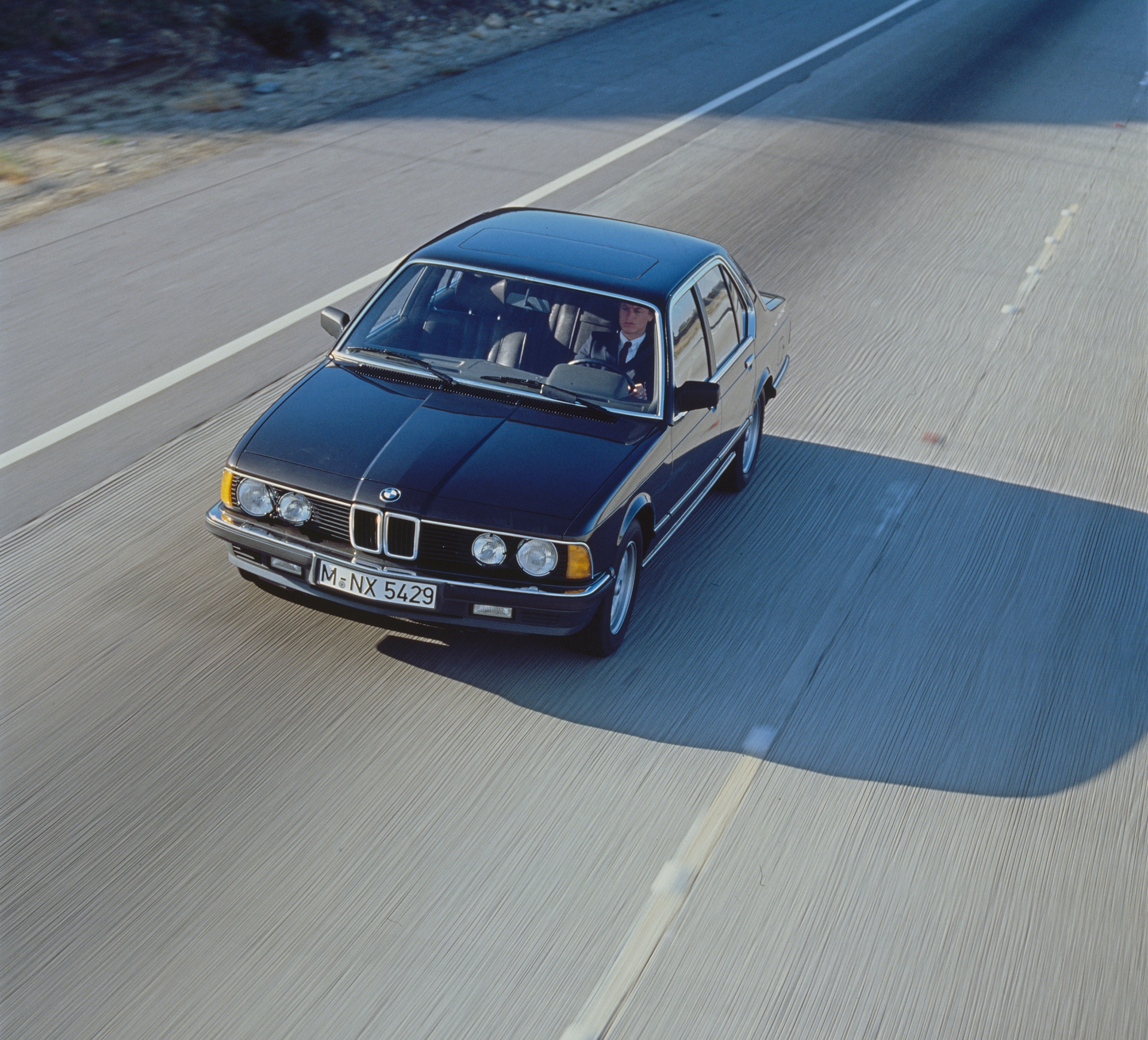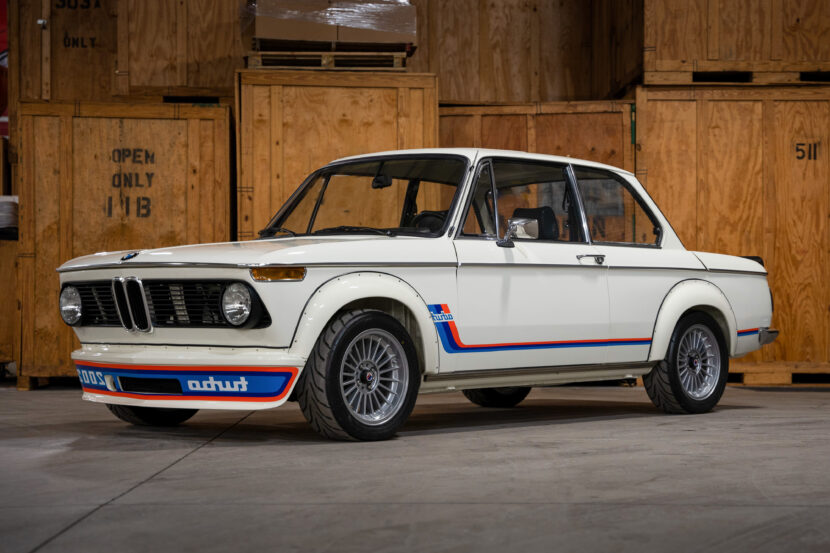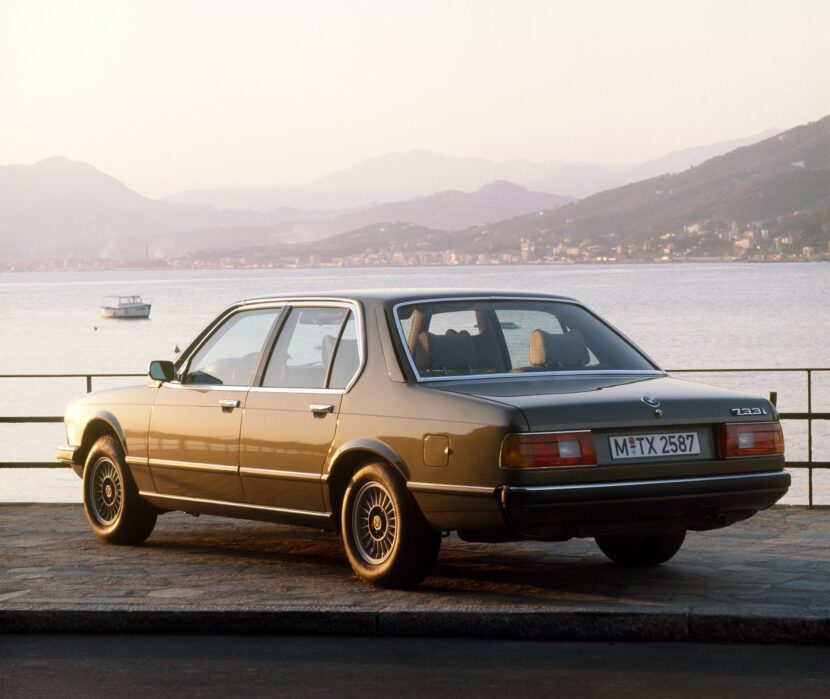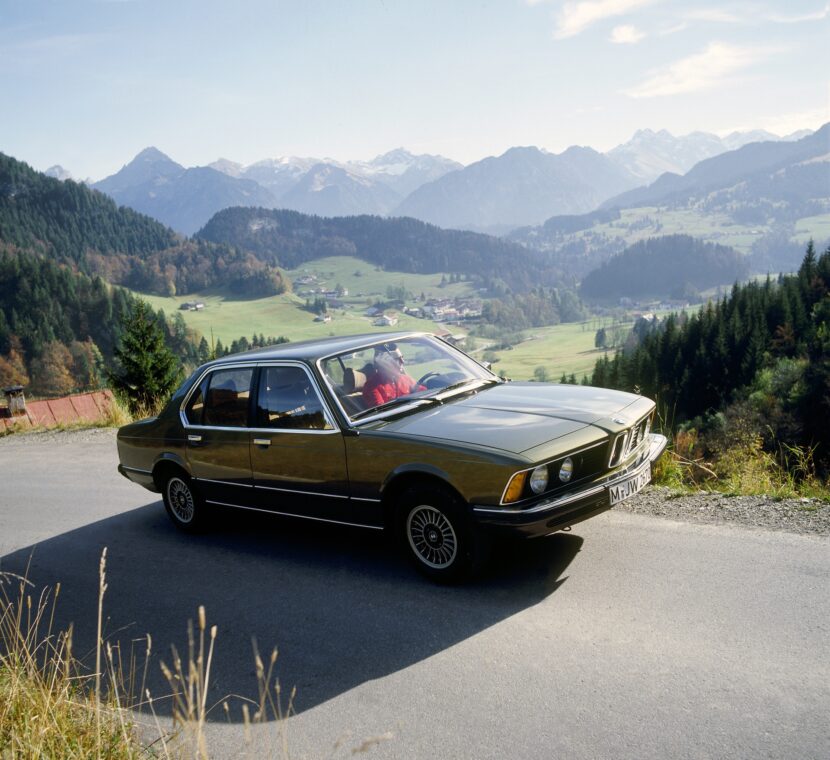As far as most of us can remember, BMW has been known as the “Ultimate Driving Machine”. Thank Bob Lutz for inventing the term, as he helped BMW become popular in the U.S. market. At that time, BMW was just a quirky builder of sporty sedans and coupes. In fact, Lutz created that now-iconic slogan for BMW at the same time as the original E21 3 Series was being built. Back then, BMW was known for building premium, high quality cars but not exactly luxury cars, such as Mercedes-Benz. So when did BMW actually become a luxury brand.
That can be hard to quantify, to be honest. It really all depends on your definition of luxury. Is a luxury brand one that focuses on the luxuriousness of its cars above all else or just that builds the occasional luxury car? Is a luxury brand one that sells its cars in limited numbers, as to be exclusive, or one that sells to the masses? Is automotive luxury just high built quality or is it about the comfort and opulence inside? Is a car luxurious if it also prioritizes sporty driving or does it have to only be luxurious? See, it’s tricky.
To keep things simple, and create a clear-cut dividing line for when BMW truly became a luxury brand and not just a high-quality one, we’re going to go with one specific moment for BMW — the introduction of the 7 Series. Prior to the original release of the first-ever 7 Series back in 1977, BMW was known for building small, lightweight sports cars. Sure, it had the occasional big sedan here and there but those were never the brand’s bread and butter.
Instead, BMW was famous for — and best at — building cars like the 2002. It wasn’t until BMW debuted the 7 Series that the world started to take the Bavarians seriously as luxury car makers. But why was that, what made the 7 Series different from the previous comfy sedans BMW had built? It’s quite simple — the 7 Series allowed BMW to compete with Mercedes-Benz.
In America, in the ’50s and ’60s, Cadillac was the luxury brand. You didn’t own a proper luxury car unless you owned a Cadillac. However, in the rest of the world, the luxury brand was Mercedes-Benz and that became true of America in the ’70s, too. Mercedes-Benz gained a reputation, and rightfully so, for building the most over-engineered, incredibly luxurious cars in the world. When BMW launched the 7 Series, it had a genuine rival for the best from Stuttgart and that’s when the world took notice.

The first-generation BMW 7 Series was genuinely luxurious, built to a standard that would even impress the engineers at Mercedes-Benz and packed to the brim with then-cutting edge technology. The 7 Series’ advanced computerized Check Control System, which would give the driver warning lights for any mechanical issues, ABS brakes, and even an advanced climate control system proved to the world that BMW knew how to make truly special luxury vehicles.
If you consider the launch of the 7 Series the defining moment for BMW becoming a luxury brand, it makes 1977 the demarcation line between pre-luxury and post-luxury BMW. However, it’s understandable if you consider the idea of BMW becoming a luxury brand too murky a subject to divide so definitively. To be honest, it’s been a slow change for BMW, with the brand gradually going from the builder of the BMW 2002 to the BMW X7. However, if there were a moment to point at as the one where BMW went from the builder of small sports cars to one that also builds some of the best luxury cars in the world. And we will soon see an even more luxurious vehicle from BMW…








































































